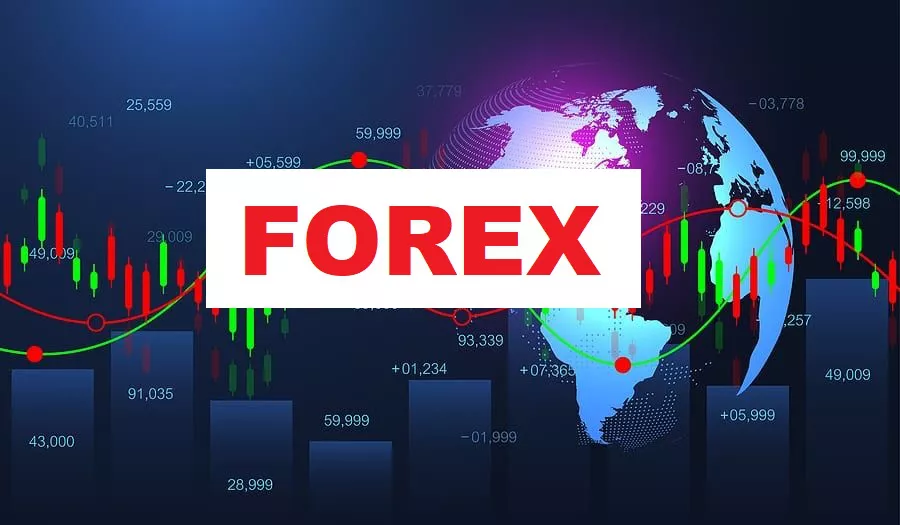Hedge fund Fermat Capital Management forecasts the catastrophe bond market will expand by 20% this year. The growth is fueled by rising inflation, extreme weather events, and increased population density, which together raise the risks and costs related to natural disasters.
John Seo, managing director and co-founder of Fermat, said the market has “reached a tipping point.” He emphasized inflation as a key factor, making it much more expensive to rebuild properties destroyed by disasters in Europe and the U.S.
Market Could Reach $60 Billion by Year-End
Catastrophe bonds, often issued by insurers to transfer extreme disaster risk to capital markets, are expected to hit around $60 billion in total value by the end of 2025. These bonds have recently outperformed the broader high-yield bond market, even during challenges like the U.S.-China tariff war.
Once considered niche products for sophisticated investors, catastrophe bonds are now attracting a broader base. Fermat and other firms have launched UCITS funds to make these bonds accessible to retail investors. This year also saw the debut of the world’s first cat bond-based exchange-traded fund (ETF).
Risk and Reward in Cat Bonds
Investors in catastrophe bonds risk losing their principal if a specified disaster occurs. However, if no disaster triggers a payout, the bonds perform well, especially when U.S. Treasury yields rise. Over the past year, cat bonds have returned roughly 14%, according to Swiss Re data.
Maria Dobrescu, senior principal at Morningstar, described the recent period for cat bonds as “pretty tame,” suggesting calm market conditions.
Market Shakeup and Shifting Partnerships
Despite growth, the market experienced a notable shakeup last month. Fermat abruptly ended a 20-year partnership with GAM Holding AG, which managed a $3 billion cat bond portfolio. GAM then partnered with Swiss Re, a major cat bond issuer, to manage these funds.
Following the split, Fermat’s cat bond funds attracted $1.1 billion in new investments between late March and late April, while GAM’s funds saw nearly $1.2 billion in client withdrawals. GAM’s head of insurance-related securities, Rom Aviv, said such redemptions are common during management transitions but highlighted growing client interest in the Swiss Re partnership.
Seo from Fermat said clients were concerned about GAM’s “sudden and unilateral” decision but welcomed Swiss Re’s “new signal of seriousness.” Swiss Re’s Christopher Minter noted the market’s growth in both size and diversity, including more originators and risk types.
The Importance of Scale
Swiss Re’s alliance with GAM brings its insurance-linked securities (ILS) portfolio to $6.9 billion, including $3.7 billion in catastrophe bonds. Minter expressed confidence that the partnership will make them a leading player in the ILS market.
Fermat manages about $10 billion, mostly in cat bonds. Twelve Securis, formed from a merger between Twelve Capital and Securis, controls $8.5 billion in ILS assets, with $6 billion in cat bonds.
Etienne Schwartz, CIO of liquid securities at Twelve Securis, stressed that scale is vital for managing cat bond complexities, such as risk modeling, compliance, and fund allocation. “To attract institutional investors, you need scale,” he said.
Climate Change and Future Risks
Cat bonds were largely unaffected by last year’s hurricane season. However, meteorologists predict a more active Atlantic hurricane season in 2025, with three to five strong storms possible.
Dobrescu from Morningstar cautioned that climate change is making it harder for cat bond models to fully capture future risks. “Some of the extrapolations may not hold,” she said, warning about long-term uncertainty in returns.
Swiss Re plans to address these challenges using 190 proprietary risk models and a team of 50 specialized scientists. Mariagiovanna Guatteri, CEO of Swiss Re’s Insurance Related Investment Advisors, denied concerns about conflicts of interest, noting strict policies that separate Swiss Re’s roles as issuer and fund manager.
Rising Costs Boost Cat Bond Appeal
Seo said catastrophe bonds help bridge the gap between growing reinsurance demand and limited reinsurer capacity. The biggest driver is inflation, which has increased potential disaster exposure by 50% in nominal terms over five years.
Market Expansion and Retail Investor Growth
According to Bloomberg Intelligence, the catastrophe bond market has doubled in size over the past decade. Retail investors’ share in UCITS cat bond funds rose from 12% in 2015 to 30% in the first quarter of 2025, highlighting growing interest beyond traditional institutional buyers.
The catastrophe bond market is rapidly evolving. Inflation, climate risks, and expanding investor access are fueling strong growth, making cat bonds a key part of disaster risk financing worldwide.






























